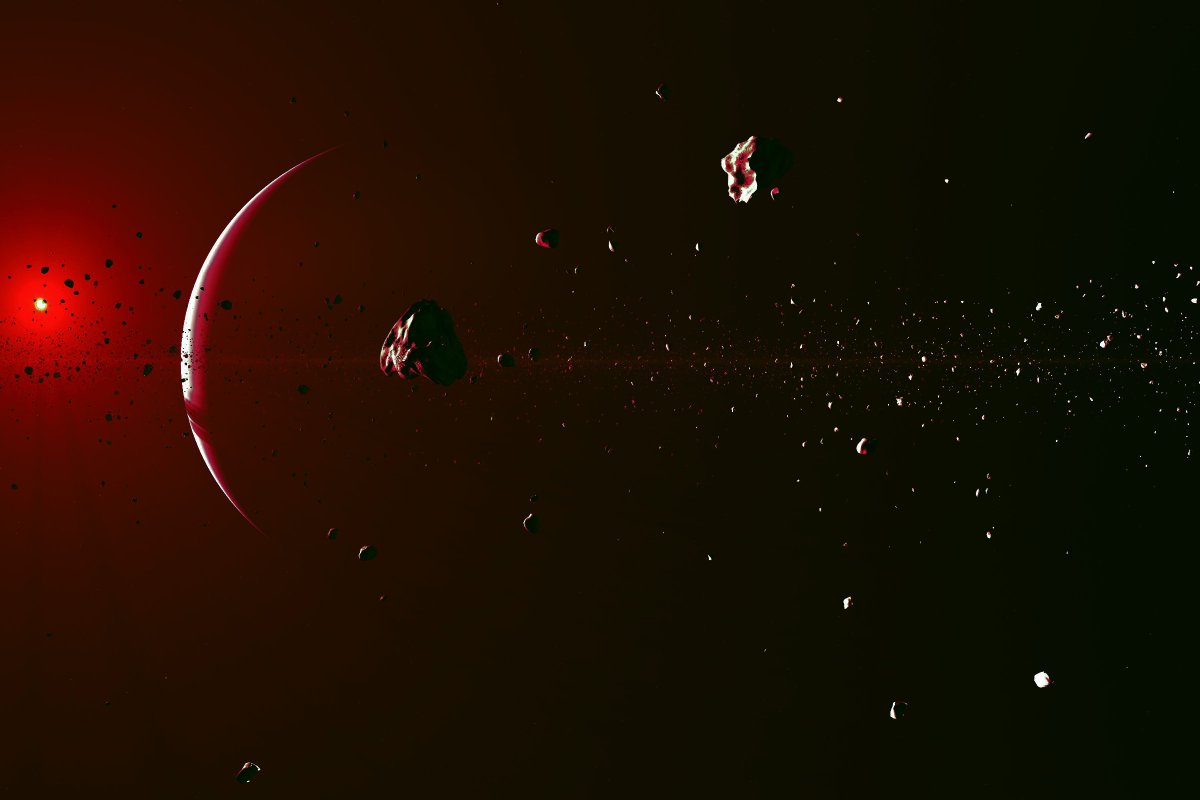Before Earth, there was “proto Earth,” a primitive hunk of rock that formed four and a half billion years ago. It was drastically different to the Earth we know today, heaving with lava and rock all across its barren surface, and bubbling with potential.
This molten phase didn’t last very long. When it was less than 100 million years old, what scientists believe was a Mars-sized object slammed into proto-Earth and violently put an end to whatever it was growing into. The collision was so catastrophic that, in addition to blasting out debris that would later become our Moon, it permanently altered the planet’s composition. All traces of proto-Earth were thought to be lost or erased.
Until now, that is. In a new study published in the journal Nature Geosciences, a team of MIT researchers purport that they’ve uncovered the first distinguishable remnants of the proto Earth’s original material, providing a tangible link back to this lost era of our planet’s evolution. The breakthrough, the authors say, is a unique chemical “anomaly” discovered in samples of ancient and deep-set rocks.
“This is maybe the first direct evidence that we’ve preserved the proto Earth materials,” co-lead author Nicole Nie, an assistant professor of earth and planetary sciences at MIT, said in a statement about the work. “We see a piece of the very ancient Earth, even before the giant impact. This is amazing because we would expect this very early signature to be slowly erased through Earth’s evolution.”
The key to their discovery didn’t come from below ground, but from the skies: meteorites. Starting in 2023, Nie’s team analyzed the chemical composition of meteorites from around the world, with each space rock serving as a time capsule from a different point in the solar system’s 4.6 billion year history. Combined together, the samples of varying ages form a sort of timeline of our star system’s evolution.
The interesting development came when the researchers compared the composition of the meteorite samples to Earth samples. In their analysis, the meteorites exhibited what the researchers called a “potassium isotopic anomaly,” or, in short, an unusual ratio of different potassium isotopes.
On present-day Earth, the most dominant potassium isotopes are potassium-39 and potassium-41, while another isotope, potassium-40, makes up an almost negligible fraction. But in the meteorites, the researchers discovered that the space rock’s balance of potassium isotopes didn’t match up with Earth samples, suggesting that any other rocks with the same potassium imbalance would predate Earth’s current composition.
“In that work, we found that different meteorites have different potassium isotopic signatures, and that means potassium can be used as a tracer of Earth’s building blocks,” Nie said in the statement.
Armed with this clue, the researchers began analyzing some of the oldest known rock samples in the world to hunt for a similar potassium signature — and they hit pay dirt. Some of the samples, they found, contained even fewer traces of the already barely-present potassium-40. Taken together, it all suggests potassium-40 was vanishingly present on proto Earth, but gradually built up over billions of years. Nie and her colleagues say they performed extensive simulations showing the fraction of potassium-40 increasing over time, strengthening their hunch.
“Scientists have been trying to understand Earth’s original chemical composition by combining the compositions of different groups of meteorites,” Nie says. “But our study shows that the current meteorite inventory is not complete, and there is much more to learn about where our planet came from.”
More on our planet: Scientists Say They Detected Something Huge Shifting Inside the Earth
First Appeared on
Source link













